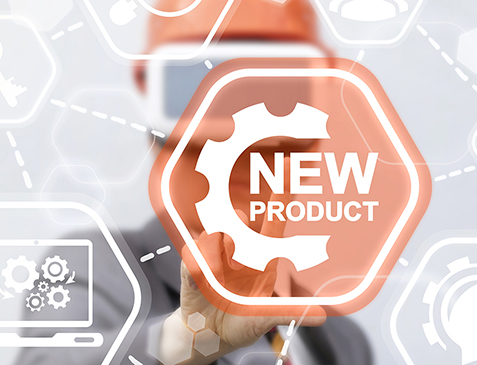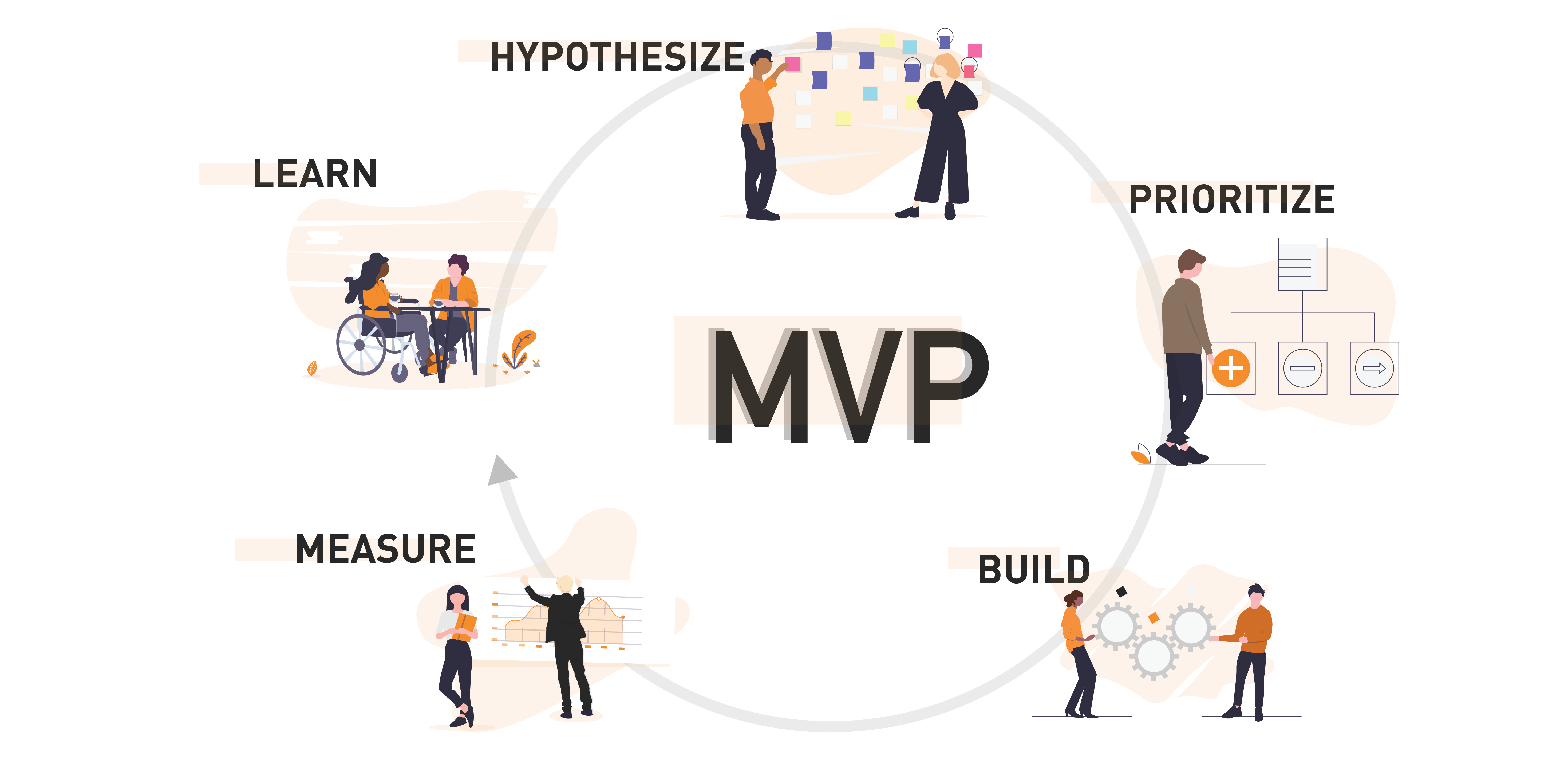The word “Haptics,” derived from Ancient Greek, pertains to the sense of touch or feel. Haptics can be incorporated into user interface designs to convey tactile information to the user. At its core, haptic technology enables users to receive tactile feedback through touch-based interfaces. This feedback can be as simple…
Read MoreDeveloping fluid-based products can be challenging, given the different elements and requirements that must be considered and accounted for. Microfluidics system development raises the bar even higher, as the reduced fluid volume scale can change the physics of fluid flow, add complexity to the fluid circuit design, and limit manufacturing…
Read MoreThe field of surgical robotics continues to evolve at a rapid pace. Intuitive Surgical was the first company to market and currently dominates the field, but other large players such as Johnson & Johnson, Medtronic and Stryker are entering the space, along with a host of smaller medical device companies. In…
Read MoreFollowing our last deep-dive into medical robots, we’re now turning to how advancements in surgical robotics are shaping the future of surgery. Though first successfully used in urology and gynecological procedures, robotic systems are penetrating a range of specialties, now most commonly used in thoracic and GI surgeries. In orthopedics,…
Read MoreMedical robots are usually synonymous with surgical robots, which dominate robotics applications in healthcare. However, robot adoption is increasing in other areas of care delivery and hospital management. With people living longer and a growing shortage of healthcare workers, there is increased demand for personal robots, including ‘care-bots’, which could…
Read MoreInvesting time to define product architecture early in the product development process is critical to success. A comprehensive development plan, expertise, experienced team, fiscal oversight, and informed decision-making are essential to controlling costs during successful product development programs. Product architecture refers to a product’s essential functional elements and how they…
Read MoreIn Part 2 of our robotics series, we examine the advancements and obstacles in the top 5 robotics application areas, including logistics, industrial, and consumer robots.
Read MoreWe’re kicking off our new robotics series by delving into the innovations and challenges facing the top robotics application areas, based on data from the IFR’s World Robotics Report.
Read MoreAccording to MANTA co-founder Betsy Goodrich, “When clients come to MANTA, there is always a story to be uncovered.”
Read MoreIn the past few years, more and more clients have come to us seeking assistance in defining their minimum viable product (MVP). Popularized by Eric Ries in The Lean Startup, an MVP is a newly developed product that can validate the most learning from customers in the least amount of time.…
Read More








